There are few Australians competent to pass judgment on what happened in late Ottoman history, yet there is no shortage of Australians who do just that. On May 8 this year the NSW Legislative Assembly reaffirmed a resolution it passed in 1997 recognizing and condemning alleged genocides of Armenians, Assyrians and Greeks by the Ottoman government between 1915 and 1922.
Let’s take the last of these dates first. It was in 1922 that the Turkish nationalists succeeded in driving back to the sea a Greek army ferried across the Aegean by an allied fleet in 1919. Landing in Izmir on May 19, the Greeks began committing atrocities immediately and continued to commit then until finally defeated by the Turks in 1922. Visiting the region in 1921, Arnold Toynbee wrote of a ‘war of extermination’ being conducted by the Greeks against the Turks. Indeed, only six months after the Greek landing, an Interallied Commission of Inquiry had concluded that in areas invaded by the Greeks ‘there is a systematic plan of destruction of the Turkish villages and extinction of the Moslem population. This plan is being carried out by Greek and Armenian bands which appear to operate under Greek instructions and sometimes even with the assistance of Greek regular troops.’ The representative of the International Red Cross, M. Gehri, found that elements of the Greek army had been employed in the extermination of the Muslim population. The Greeks almost reached Ankara before their campaign finally collapsed in the face of Turkish resistance. This catastrophic enterprise culminated in a population exchange which uprooted Turks from their homeland in Greece and Greeks from their homeland in western Anatolia
Elsewhere, between the end of the war and 1922, in eastern Anatolia, the Caucasus and southeastern Anatolia, the British, the French, Armenians, Georgians, Azerbaijanis, Kurds, Turks, white Russians and the Bolsheviks were involved in a bloody free-for-all over domination of territory and control of resources, especially the oil of the Caspian sea and the deep water ports and cotton fields of the eastern Mediterranean. The perpetrators of violence were not all on one side and the victims on the other. Both were on all sides.
As for the Armenians and the war itself, the critical date in 1915 was not April 24, when Armenian committees in Istanbul and elsewhere were closed down and their members arrested, but a week earlier when thousands of Armenians launched an uprising in the eastern Anatolian city of Van. Within a month they had captured the city, handed it over to Russia, the enemy, slaughtering many thousands of Muslims in Van and in the villages around the nearby lake and triggering off a mass exodus of refugees.
It was this uprising that triggered off the recommendation of the Ottoman military command - later ratified by the government - that all Armenians should be moved out of the war zone. The ‘relocation’ order was issued towards the end of May. The Ottoman government argued, and the Turkish government still argues, that the decision was driven by sabotage of lines of supply and communications by thousands of Armenian irregulars fighting in tandem with the Russian army for the ‘liberation’ of Anatolian provinces in which Armenians constituted less than 20 per cent of the overall population. The Tsar used Armenians and Assyrians just as the British used the Arabs, with both being promised an independence they never got.
Armenians had been attacking Muslim villages from the outbreak of the war up to the time the ‘relocation’ order was issued. In January, 1915, the Ottoman Third Army, responsible for the defence of northeastern Anatolia, had been shattered by the Russian defeat at Sarikamis. Tens of thousands of men froze to death overnight and the army remained incapable of launching offensive operations for three years. With all young Muslims of fighting age off at the front at Gallipoli and in Mesopotamia or northwest Persia, villages were largely undefended. The military command had been unable to stem Armenian attacks on lines of supply and communications and the triumph of the Armenians and Russians at Van, was the final straw.
Close to three million Ottoman civilians died in this war, from all causes, including massacre, disease, exposure and malnutrition. About 2.5 million were Muslims. The figure of 1.5 million Ottoman Armenian dead is an exaggeration, given that this was about the total number of Armenians living in Ottoman lands and that hundreds of thousands survived the war.
The true Armenian figure for death from all causes during the course of the war was probably between 600,000 to 800,0000, which itself is a huge number. The population of the eastern provinces, Muslim and Christian, was in some cases reduced by 40 to 60 per cent.
Figures compiled from documents written at the time by army commanders and officials returning to recaptured land indicate that about 500,000 Muslims were massacred during the war, mostly in eastern Anatolia by Russian and/or Armenian forces, and mostly when the region was occupied by Russian forces and their Armenian protégés from 1916 to 1918. Ottoman forces returned to a charnel house. The Russians themselves were shocked by Armenian violence towards Muslims, especially the Kurds. As related by the survivors in documents kept in Ottoman archives, the crimes committed were as inhumane as any that might be imagined.
The Armenians suffered terribly in the war but so did everyone else. The ‘relocation’ was a particular act. The reasons for the decision cannot be taken out of the context of military history, whatever judgments people want to pass. Sent southwards in poorly guarded convoys because there was not the manpower to protect them, the Armenians were attacked on the way by Kurdish and Arab tribes. Revenge for massacres committed by Armenians was a clear motive. The Ottoman archives contain numerous documents sent in code to provincial officials, urging them to take more stringent measures to protect the convoys. Towards the end of 1915 commissions were set up to investigate the crimes that had been committed. In the court-martials of close to 1600 officials, gendarmes and soldiers which followed, some of those found guilty were executed and others were imprisoned. After the war Kurdish tribal leaders estimated that about 400,000 of their people had been killed by Armenians, conceding that they had killed about the same number in return. The extent to which massacre and counter massacre in eastern Anatolia was the culmination of longstanding conflict between Kurds and Armenians has never been fully acknowledged.
All of the foregoing only scratches the surface of what is generally not known in the western cultural mainstream. While it would not be helpful for Turkey to put obstacles in the way of Australian politicians planning to visit Gallipoli, it would help if these same politicians made it their business to take note of what Turks are saying rather than passing resolutions born of ignorance and propaganda. The First World War, as it was fought in Ottoman lands, was a war of annihilation from which no one comes out with clean hands, including the ancestors of the ethno-religious groups now making accusations of genocide against ‘the Turks.’ Perpetrators and victims are to be found on the same side all around. The day that these groups demanding recognition of ‘genocide’ own up to the terrible crimes committed by their forefathers will be the day true reconciliation begins. Australian politicians should leave this issue to the historians and if local councils want to build monuments to the victims of this terrible war it should be to all of them, and not one group. They are united in death just as some of their ancestors are unfortunately united in blind hatred.
© 2009-2025 Avrasya İncelemeleri Merkezi (AVİM) Tüm Hakları Saklıdır
Henüz Yorum Yapılmamış.
-
AİHM, ERMENİ DAVASINDA İFADE ÖZGÜRLÜĞÜNÜ TEYİT ETTİ
Jeremy SALT 27.10.2015 -
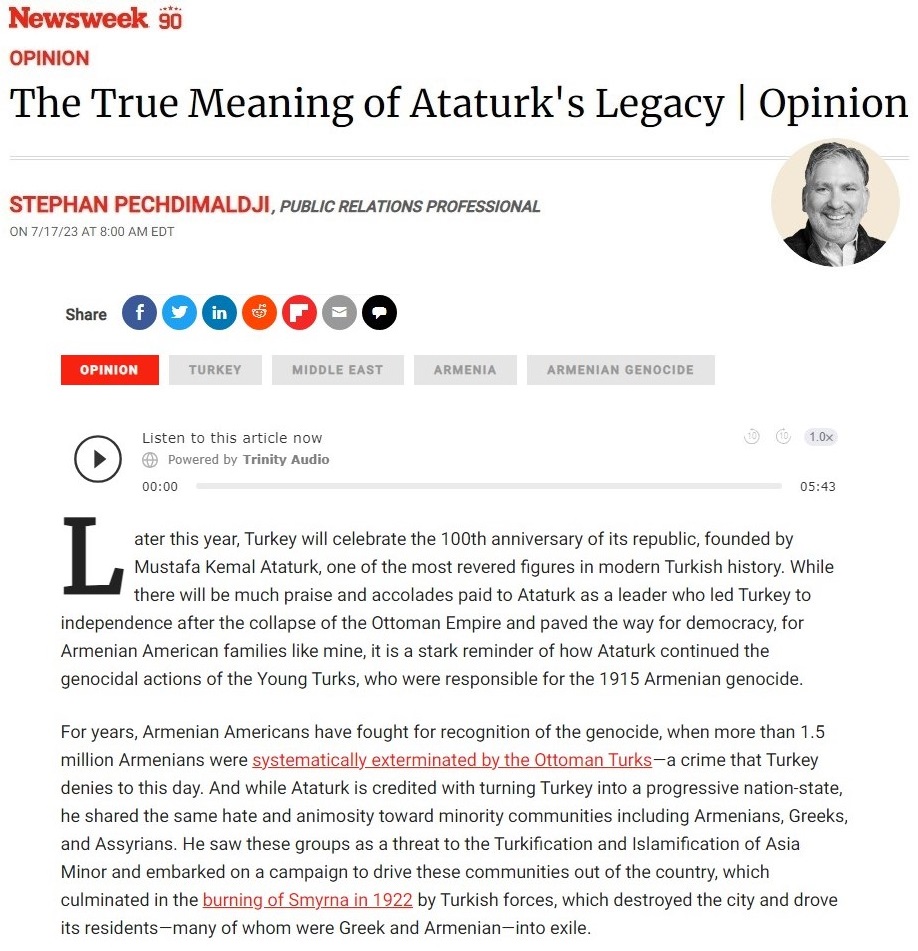 BİR HALKLA İLİŞKİLER UZMANININ MERCEĞİNDEN ‘TARİH’ - 27.07.2023
BİR HALKLA İLİŞKİLER UZMANININ MERCEĞİNDEN ‘TARİH’ - 27.07.2023
Jeremy SALT 28.07.2023 -
 ECHR CONFIRMS FREEDOM OF EXPRESSION IN ARMENIAN CASE
ECHR CONFIRMS FREEDOM OF EXPRESSION IN ARMENIAN CASE
Jeremy SALT 27.10.2015 -
ARMENIANS AND SYRIA - 1915 AND 2013
Jeremy SALT 29.12.2013 -
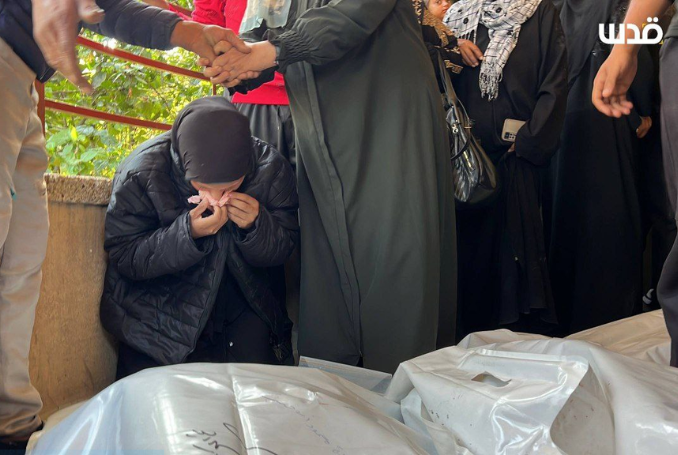 GAZA: THE NECESSARY GENOCIDE IN A HISTORY OF GENOCIDES - THE PALESTINE CHRONICLE - 05.01.2026
GAZA: THE NECESSARY GENOCIDE IN A HISTORY OF GENOCIDES - THE PALESTINE CHRONICLE - 05.01.2026
Jeremy SALT 05.01.2026
-
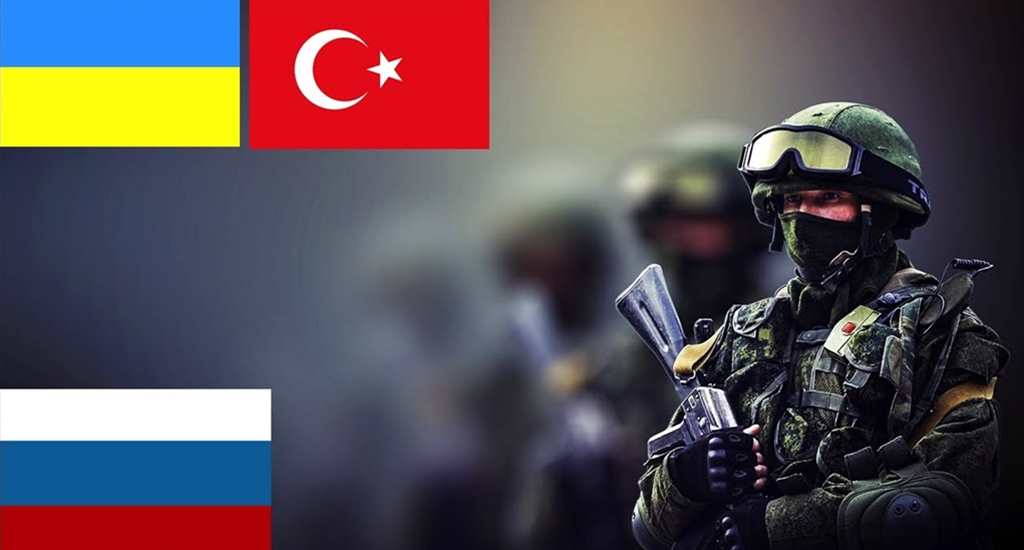 HEM RUSYA HEM DE UKRAYNA’YLA YAKIN İLİŞKİ, MÜMKÜN MÜ? - SÖYLEDİK.COM - 09.05.2021
HEM RUSYA HEM DE UKRAYNA’YLA YAKIN İLİŞKİ, MÜMKÜN MÜ? - SÖYLEDİK.COM - 09.05.2021
Deniz BERKTAY 26.05.2021 -
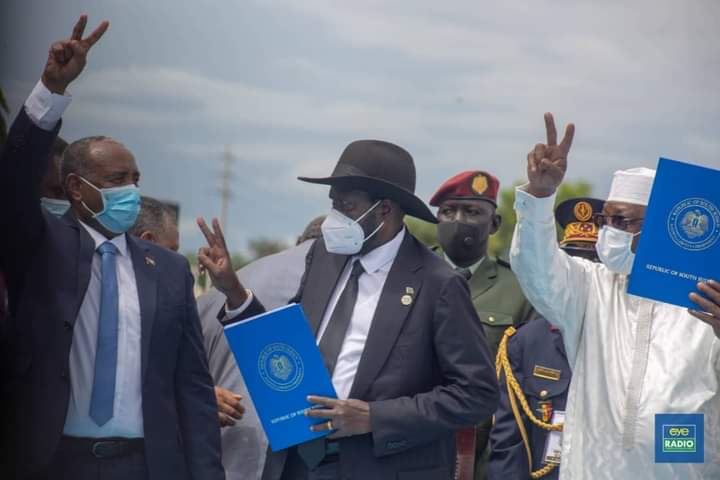 SUDAN-GÜNEY SUDAN BÖLÜNMESİNDE ROL OYNAYAN UNSURLAR - 12.10.2020
SUDAN-GÜNEY SUDAN BÖLÜNMESİNDE ROL OYNAYAN UNSURLAR - 12.10.2020
Hasan Sevilir AŞAN 12.10.2020 -
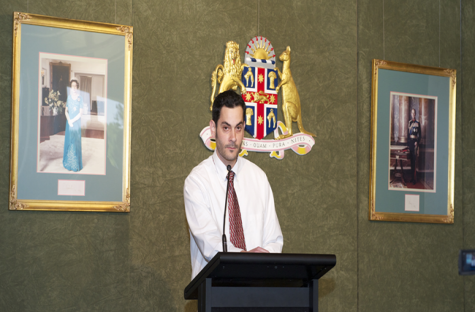 TAL BUENOS TARAFINDAN NSW PARLAMENTOSU’NDA YAPILAN KONUŞMA
TAL BUENOS TARAFINDAN NSW PARLAMENTOSU’NDA YAPILAN KONUŞMA
Tal BUENOS 25.12.2014 -
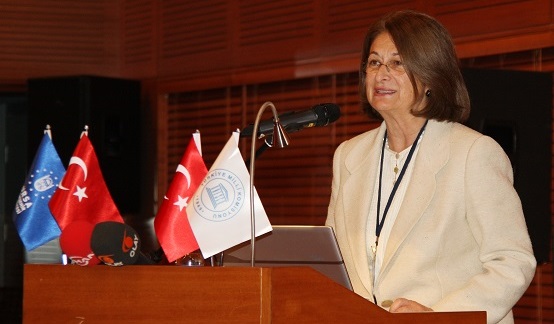 OPEN LETTER TO THE PRESIDENT OF ARMENIA - 27.05.2019
OPEN LETTER TO THE PRESIDENT OF ARMENIA - 27.05.2019
Melek Sina BAYDUR 28.05.2019 -
THE ECHR FINAL DECISION: READING BETWEEN THE LINES
Vugar SEİDOV 11.11.2015


